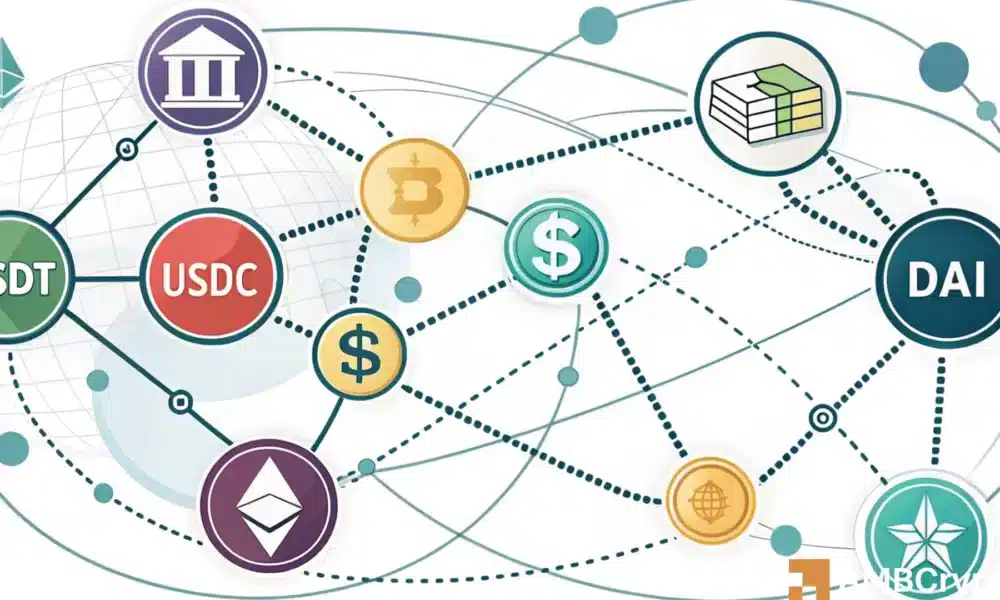Ethereum has seen a significant increase in stablecoin activity, with over 200,000 unique addresses now holding stablecoins on the Ethereum mainnet. This marks a shift towards sustained utility for stablecoins within the Ethereum ecosystem. The rise in stablecoin engagement on Ethereum has been steady since mid-2023, with daily active addresses interacting with stablecoins reaching an all-time high in late March 2025.
USDT has emerged as the dominant stablecoin on Ethereum, with USDC and DAI also making progress. Stablecoins are no longer just seen as trading tools, but as essential for transactions, value storage, and interactions within Ethereum’s ecosystem. This shift reflects the growth of a mature digital economy that is increasingly reliant on stable digital currencies.
Stablecoin adoption on Ethereum is accelerating due to the blockchain’s robust infrastructure and its role as a hub for programmable money. Ethereum’s advanced features, such as smart contracts and DeFi applications, have solidified its position as the leading blockchain for stable digital assets. Between mid-2023 and March 2025, daily stablecoin address activity surged, indicating widespread adoption of stablecoins on Ethereum.
The rise in stablecoin activity on Ethereum signifies increased market liquidity across DeFi and centralized platforms. This growth supports faster and more efficient transactions, unlocking new opportunities in cross-border finance. However, this expansion has also attracted regulatory scrutiny, focusing on issues such as reserve transparency, AML compliance, and taxation. While Ethereum is currently leading in stablecoin adoption, competition from other blockchains like Solana and Base is intensifying.
Overall, stablecoins have become the backbone of on-chain finance, no longer just a secondary feature. Whether through multichain growth or deeper integration with Ethereum, stablecoins are shaping the future of finance and driving liquidity within the cryptocurrency ecosystem. As stablecoin adoption continues to grow, Ethereum and other blockchains will need to navigate regulatory challenges while leveraging the benefits of stablecoins for improved financial services.

















